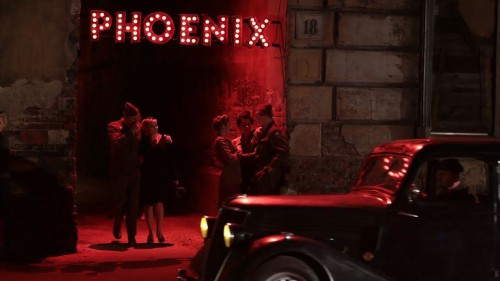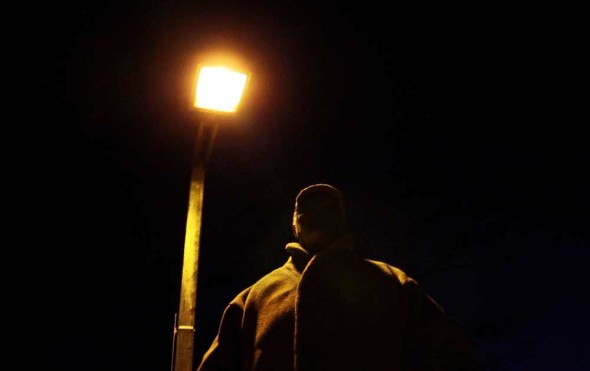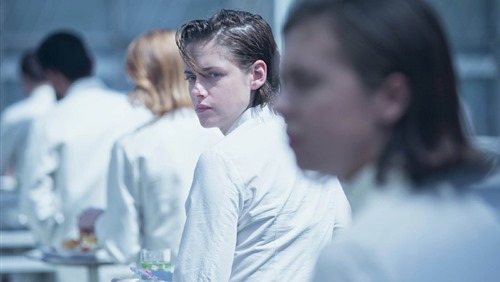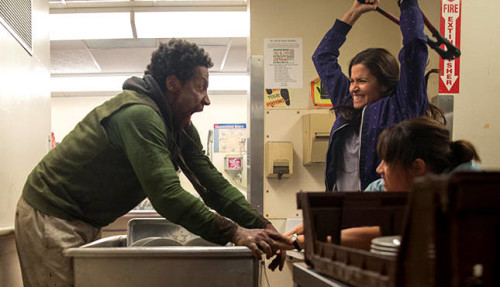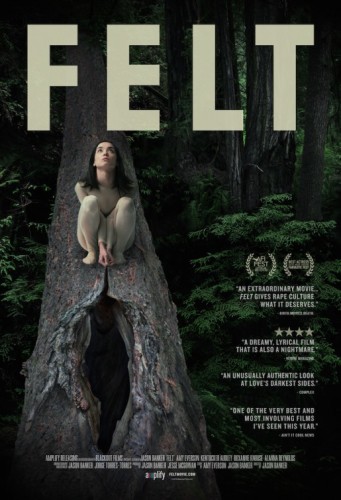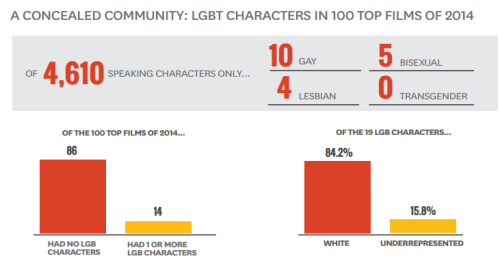Written by Amanda Morris.
One of our biggest complaints as feminists is the absurd lack of smart, independent, savvy women as lead characters in films. You know, women characters who have lives and complications and thoughts that don’t constantly depend on a man’s validation or involvement. Well, have I got the film for you! In fact, I moved this one up in my queue because it not only passes the Bechdel test, it also presents a complicated view of Native American women that we rarely (if ever) see in mainstream Hollywood films. Plus, it is billed as a “supernatural thriller” or “ghost story,” which is perfect for the month that ends in Halloween.
I give you Imprint, produced by critically-acclaimed Cheyenne/Arapaho director Chris Eyre, directed by Michael Linn, and starring the confident and talented Tonantzin Carmelo (Tongva/Kumeyaay) and Carla-Rae Holland (Seneca/Mohawk), who both won awards for their performances.
Imprint Trailer:
[youtube_sc url=”https://www.youtube.com/watch?v=saYPpujKK8U”]
Imprint opens with a fast-paced, montage-style of images, views, and movement through a house, field, and barn; ostensibly the ghost’s point of view, which is immediately followed by a hard blackout cut to a protest outside a Denver courthouse. Signs that read “Our voices will be heard” and “Stonefeather is a traitor” dot the crowd as they chant “He’s a good boy, help him!” This is our first introduction to the story that sets this film in motion, and its lead character, Shayla Stonefeather, a Lakota attorney rising in prominence within the American legal system who is successfully prosecuting a young Native American man for murder inside this courthouse. The protesters label her a traitor who has turned her back on her Lakota culture and fellow Native Americans. Shayla’s inner inner turmoil is evident on her face as she closes her case.
Tonantzin Carmelo as Shayla Stonefeather in Imprint.
Shayla is a cultural minority achieving great success in the American colonialist machine, but seems to understand the trade-off; her spirit and her culture suffer next to her American ambitions. She has a job to do and she does it, but clearly feels the toll. Shayla flies back to her childhood home on the Pine Ridge Reservation in South Dakota where she must reconnect with her past, re-embrace her culture, and confront her ghosts. Her mother, Rebecca Stonefeather, played by Carla-Rae Holland, welcomes her home with a hug and the warm sentiment, “Beautiful daughter,” in the Lakota language.
Soon after she arrives to find her father dying, Shayla begins having visions and encounters that are suggestively supernatural. The film unfolds in a somewhat non-linear fashion, melding past with present in a way that causes Shayla to question herself and her place in the community and the world. “What happened to you? What happened to the little girl who wanted to come back and help our people?” her mother asks, and Shayla says that she grew up, responding, “Our biggest problems are self-inflicted.” The conversation between mother and daughter about reservation realities is abruptly interrupted when Shayla’s father suffers an outburst, followed by one of Shayla’s visions that draws her outside to the barn with a loaded shotgun.
Dr. Kim Anderson (Cree-Metis) argues that “there are many kinds of feminism,” including her idea that “Indigenous feminism is linked to a foundational principle in Indigenous societies – that is, the profound reverence for life” (In Indigenous Women and Feminism, 81). In particular, Anderson suggests that “Indigenous feminism is about creating a new world out of the best of the old. Indigenous feminism is about honouring creation in all its forms, while also fostering the kind of critical thinking that will allow us to stay true to our traditional reverence for life. . .We especially need to learn about the feminist elements of our various Indigenous traditions and begin to celebrate and practice them” (Indigenous Women, 89).
This type of feminism that Anderson writes about is represented in Imprint. Shayla learns to listen and the medicine man, played by David Bald Eagle, tells her that the earth and its creatures, plants, rocks, and trees, “remember when we forget. The story forever imprinted on this land.” And the story imprinted is the story of colonization and domination, a story that has seduced Shayla in her role as an attorney. But another story is also imprinted in this woman, a story of tradition, memory, family, and the foundational principles of her Indigenous culture. As the film progress, Shayla starts putting the broken pieces of her experiences in Denver together with the visions and experiences of home in order to remember.
Variety called this film “an old-fashioned ghost story with a Native American twist.” All due respect to Variety, but that is a simplistic and colonialist view of Imprint, a film in which a Native American woman character remains center stage the entire 85 minutes. Yes, there are ghosts. And a great twist at the end. But this is so much more than a ghost story. It is Shayla’s story–a story that complicates our assumptions about representations of Indigenous women, in films and in American culture.
Awards for Imprint include the following:
American Indian Film Festival (2007), won Best Film, Best Actress, and Best Supporting Actress
Cherokee International Film Festival (2007), won Best Feature
South Dakota Film Festival (2008), won Best Feature
Hoboken International Film Festival (2008), won Best Cinematography
South by Southwest FF (2007), Official Selection.
This film is available to stream on Netflix and as a DVD from Amazon.
Dr. Amanda Morris is an Associate Professor of Multiethnic Rhetorics at Kutztown University of Pennsylvania with a specialty in Indigenous Rhetorics.



